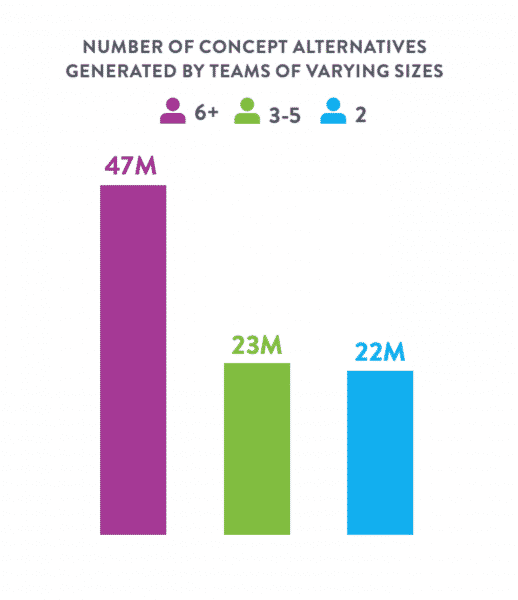Best Practices for Business Process Mapping
As you guide your company through periods of growth, business process mapping can give you critical insight into what’s working and what’s not. It helps you spot opportunities for improvement, discern exactly where technology solutions can help your organization become more efficient, and improve employee experience.
No matter if we’re helping a company choose and implement an ERP, or providing strategic guidance to help leaders navigate change, business process mapping is often one of the first things we take our clients through. It’s a vital exercise, most importantly because it’s the only way you’re going to get a comprehensive and realistic understanding of how things are currently working in your organization.
Whether you’re doing it yourself or a with an independent management consultant, there are a few best practices that will help you get better results from business process mapping.
Do Your Business Process Mapping With a Cross-Functional Team
More heads are always better than one for business process mapping.
The primary reason for this is to get expert input on every part of the process you’re mapping.
For example, if you’re mapping your Procure to Pay process, make sure you’ve got stakeholders in the room from purchasing, receiving and payables to ensure that each part of the process is fully explored and documented.
Give some thought to choosing the right stakeholders from each team or functional area. Look for people who are proven team players and go out of their way to be helpful. At Syte, we look for team members who embody the three Ps: positive, proactive, and plays well with others.
Another reason that collaborating with a cross-functional team is so beneficial, though, is because working collaboratively to map the business process can inspire innovative ideas for improving the process after it’s documented.
A Nielsen study found that the more people who provide input, the more creative ideas are generated.
And an often-cited Stanford study found that even the perception of working collectively on a task can boost performance.
Make It Visual
Map out the business process in a visual way. This helps engage and involve the whole team, and makes the process more easily shared and evolved over time.
Making a visual representation of your process has the added benefit of helping everyone understand and retain the information better, too.
It makes sense when you think about how the human brain works. Much of our brain’s sensory cortex is dedicated to processing visual images, and so we process images much faster than text. In fact, recent studies of adult learning like this one reveal that most people are visual learners.
You don’t need an entire wall with a whiteboard to make this work. We often use recycled butcher paper, spread it out on a conference room table and use cut-out shapes to map a process. Cloud-based tools like Lucidchart can work well for this, too, and the PDF can be shared easily when you’re done.
Go Beyond IPO
Inputs, steps in the process, and outputs (IPO) are the core components of most business process mapping projects — and that’s where most teams stop. But how your organization operates involves more than IPO. Consider your people, current issues (bottlenecks) and statistics, too.
Using the Procure to Pay process example:
- Who are the people executing each step of the process? Are the right people doing the right things?
- How many purchase orders, receipts or invoices are being processed each month?
- How much time do these things take, and what are the monthly error rates?
Especially when you’re assessing existing processes with the purpose of finding ways to improve, knowing who the people are, what the issues are, and having real volume data will help you prioritize and make more informed decisions. In this example, we might find out that the amount of time and number of errors are increasing at a rate that will require you to hire 1-2 more full-time employees to manage the process — and putting a document management solution in place is a more cost-effective solution.
The 3 Cs: Clarify, Confirm and Communicate
Completing your business process map isn’t the end of the project. Before you can consider it done, circulate the final draft among the team members and ask for any last clarification and confirmation that what you’ve documented is correct. Then finalize the business process map and communicate it as broadly as needed from there.
As we talked about in our recent post Do You Need an ERP System? The Answer Might Surprise You, mapping your business processes can reveal better and more efficient ways to do things. You might discover that a few simple tweaks to the process will dramatically improve your organization’s efficiency — or you might discover that your organization is ready for an ERP.
Business process mapping is the first step to getting the insights you need to make better decisions, and grow, scale and evolve your company.
ERP Readiness Self-Assessment
Is your organization ready for a new or upgraded ERP solution? Find out with this complimentary self-assessment.
Doing Business Better
You strive for excellence, believe in your people, and want to do things right the first time. And you know that you need help to get to the heart of your business challenges and make the best choices for the future of your privately held manufacturing and distribution company. That’s where we come in.
We help you focus and find exactly the right path to accelerated growth and sustainable success — from your people to your processes to your ERP software.



